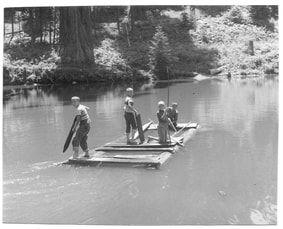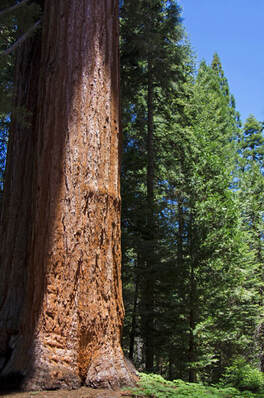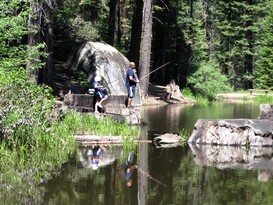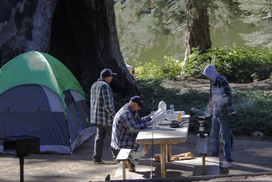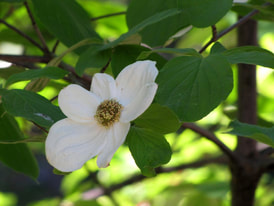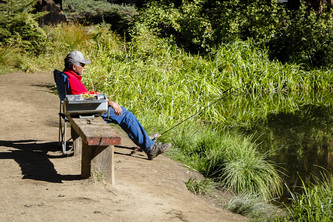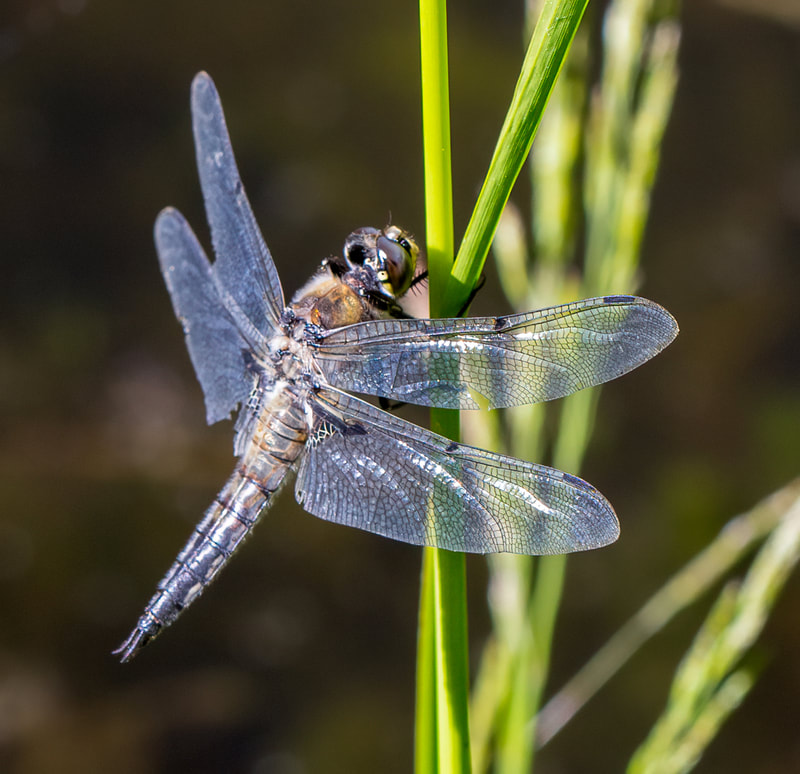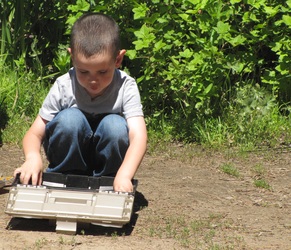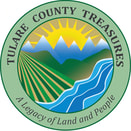|
|
BALCH PARKEnvironment: Mountains, lakes, giant sequoias, mixed oak and conifer forests at over 6000' elevation. Balch Park is completely contained within Mountain Home Demonstration State Forest. Activities: birdwatching, camping (first come, first served, no reservations), dog walking (on leash; scoop poop) fishing (license required), hiking, historic sites, museum, photography, rock climbing, wildlife viewing Open: approximately mid-May to mid-November, depending on weather Site Steward: Tulare County Parks and Recreation, 559-205-1100. Contact Site Steward for current fees Phone 559-539-3896 for current information when the park is open (approximately mid-May to mid-November, depending on weather). Links: https://tularecountyparks.org/; https://www.facebook.com/tularecountyparks/ Books: 1) A Guide to the Sequoia Groves of California, by Dwight Willard (Yosemite Association, 2000) 2) The History of A Giant Sequoia Forest: the Story of Mountain Home Demonstration State Forest, by Floyd L. Otter and David Dulitz, 2007 (see Save the Redwoods League - Mountain Home Demonstration State Forest) 3) The Men of Mammoth Forest: A Hundred-year History of a Sequoia Forest and its People in Tulare County, California, by Floyd L. Otter, 1963 (see Save the Redwoods League - Mountain Home Demonstration State Forest) 4) King Sequoia: The Tree That Inspired a Nation, Created Our National Park System, and Changed the Way We Think about Nature, by William C. Tweed (Heyday, 2016) Directions: Map and directions are at the bottom of this page. |
|
|
Map and Directions: Address: 48200 Bear Creek Drive, Springville, CA Latitude/Longitude: N36° 14.0971', W118° 41.709' 36.2349516 ,-118.6951494 From Visalia 1. Head east on CA-198 E 10.8 mi 2. Turn right onto Yokohl Valley Rd 3. Turn right onto Balch Park Rd/Springville-Milo Rd 4. Follow the signs to Balch Park To return via Porterville 1. Take Bear Creek Dr. to Balch Park Dr. to Springville, then follow CA-190 W to Porterville |
